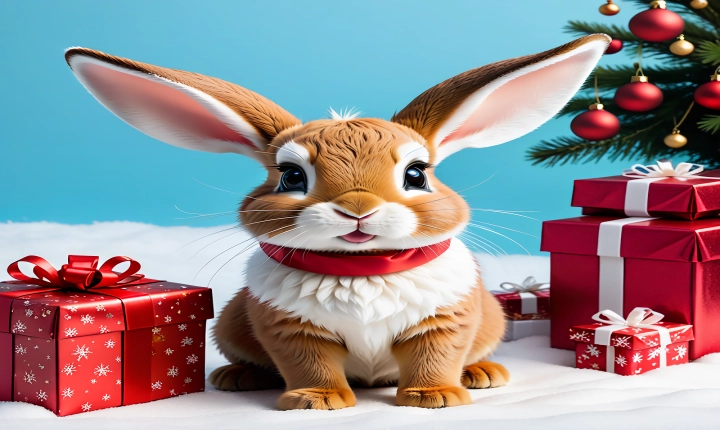Title: How to Make AI Draw a Picture
Artificial intelligence (AI) has made remarkable advances in various fields, and one of the most intriguing applications is its ability to create art. With the right tools and techniques, AI can be trained to draw pictures, imitating the style of famous artists or generating entirely new and unique pieces. In this article, we will explore how you can make AI draw a picture.
1. Understand the Basics of AI Art Generation:
AI art generation involves using machine learning algorithms, particularly neural networks, to analyze and replicate artistic styles. These algorithms are trained on large datasets of artwork to learn patterns, colors, and techniques used by artists. Understanding these basics will help you comprehend the inner workings of AI art generation.
2. Choose a Suitable AI Platform:
There are several AI platforms and tools available for creating art. Some popular options include Google’s DeepDream, RunwayML, and Artbreeder. Each platform has its unique features and capabilities, so it’s essential to select one that aligns with your artistic goals and technical expertise.
3. Collect a Diverse Dataset:
To train AI to draw pictures, you will need a diverse dataset of artwork. This dataset can include paintings, sketches, photographs, and any other visual references you want the AI to learn from. The quality and diversity of the dataset will directly impact the AI’s ability to generate compelling art.
4. Train the AI Model:
Once you have selected your AI platform and collected a dataset, you can start training the AI model. This process involves feeding the dataset into the AI platform and allowing the algorithm to analyze the images and learn the underlying patterns. Depending on the complexity of the task and the size of the dataset, training the AI model can take hours or even days.
5. Experiment with Style Transfer:
Style transfer is a popular technique used in AI art generation. It involves applying the visual style of one image to another. For example, you can instruct the AI to generate a picture in the style of Vincent van Gogh’s paintings or in the surrealistic style of Salvador Dali. Experimenting with style transfer can produce captivating and unique results.
6. Refine and Adjust the Output:
After the AI has generated a picture, it’s important to refine and adjust the output to achieve the desired result. This may involve tweaking parameters, adjusting colors, or adding additional elements to the artwork. Iterative refinement is often necessary to produce high-quality AI-generated art.
7. Share and Showcase Your Art:
Once you have successfully made AI draw a picture, consider sharing and showcasing your artwork. Whether it’s through social media, art galleries, or online platforms, sharing your AI-generated art can inspire others and spark conversations about the intersection of technology and creativity.
In conclusion, making AI draw a picture involves understanding the fundamentals of AI art generation, selecting a suitable platform, collecting a diverse dataset, training the AI model, experimenting with style transfer, and refining the output. With diligence and creativity, you can harness the power of AI to create compelling and innovative artwork.
